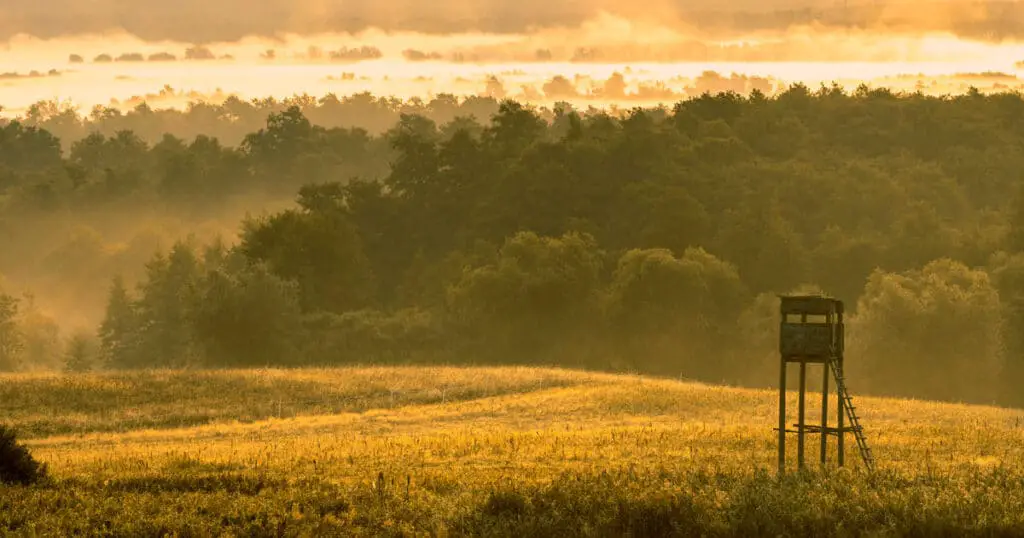If you’re getting started with hunting, feeding deer probably hadn’t occurred to you as a strategy. But planting food for your prey can be a great way to hunt them. After all, when you plant a food plot and know deer are going to come there regularly to feed, you have useful strategic knowledge. In today’s article we’ll discuss how to choose and plant the best food plot for deer on your property, including crop selection and other important considerations for success.
If you’re planting a food plot for deer, you are probably doing so for one of two reasons:
- you’re a hunter and want to attract deer, or
- you just want to give the deer in your area a place to find food and feel safe.
In either case, there are several different crops you can grow on your deer plot.
Each of them has benefits, and if you’re like most deer plot planters, you will plant a mixture for the deer in your area to find and enjoy.
Why Would You Plant a Food Plot for Deer?
As touched on earlier, if you want to plant a food plot for deer, it’s probably because you’re a hunter and want to lure deer into the area.
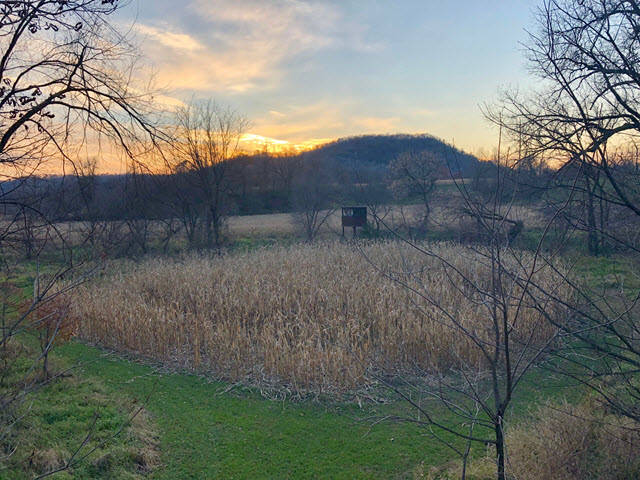
Another possible reason is that you just want to give the deer in your area a food source and a safe spot.
Is Planting a Food Plot Worthwhile for Deer Hunters?
If you’re willing to put in the work involved with creating and maintain a food plot, and if you know how to get the most benefit out of it, yes, planting a food plot may be worthwhile for you as a deer hunter.
Of course, you won’t want deer to associate coming to your food plot with seeing their herd mates shot. If that happens, they’re not likely to come back.
Deer have better memories than you think, and researchers feel that they are even able to teach their offspring habits for safety, creating intergenerational learning.
As a deer hunter, you have to be clever. Having your food plot means that you will be able to find camouflaged places to lay in wait while deer make their way in that direction. Many hunters build their blind overlooking their food plot so deer become accustomed to the structure and ignore it.
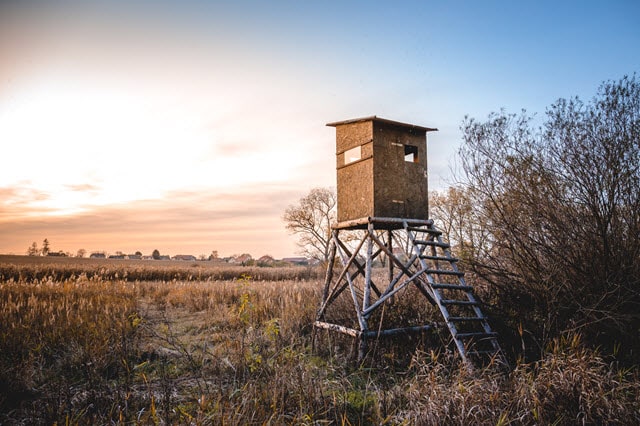
This can make it much easier for you to find and shoot deer.
Another way planting a food plot can help you as a hunter is that it will help create better-fed deer that provide higher quality venison.
Providing deer with a food source will also help with overall animal health and herd numbers.
Best Types of Food Plots to Attract Deer
Some of the best food plots for deer include crop options such as:
- Oats and other Grains,
- Wheat,
- Rye,
- Brassicas,
- White Clover, and
- Chicory.
Below we’ll take a closer look at the ideal conditions for growing each type of these deer food plots and some other factors you should consider before planting crops for deer.
Oats and Other Grains
The most popular choices for deer food plots are oats and other grains. In many food plots, hunters will plant a combination of grains.
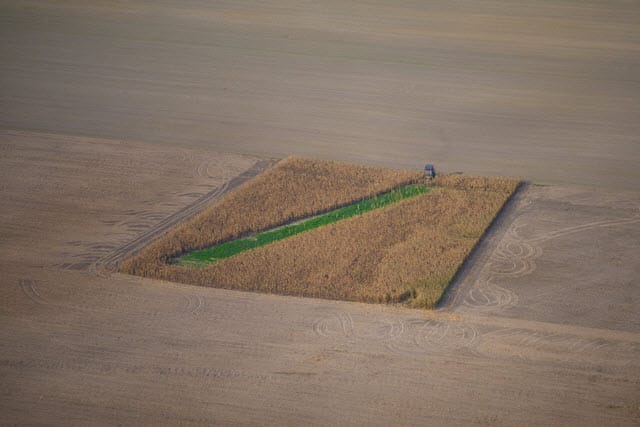
That way, deer will benefit from the variety of grains and you may have more success in luring deer.
Oats
Oats are a great choice for deer plots. Of all the grains, most deer like oats the most.
One of the greatest features of this crop, and why oats are considered the best food plot for deer by many is how hardy they are and how this crop is able to continue to grow well even when there is intense browsing.
Be aware that oats usually won’t get through the coldest weather. However, if you plant oats in the fall or even the late summer, you will end up with a plentiful crop that should last for a number of months.
This is certainly true in northern areas.
One of the advantages of oats for deer health and viability is its protein-content. To make oats even more tempting for deer, mix in some clover in your food plot.
Adding clover is even more useful because of how it can make your oats patch more long-lasting.
When you plant oats in your deer foot plot, you can expect the plants to reach maturity within about 60 days. That is, this is true if there are perfect conditions.
Oats are annual plants. You should plant them each spring. The exception is if you live in a warmer climate. If you live somewhere like that, you should probably wait for the fall to plant your oats.
Wheat
If you want to grow wheat in your food plot, you are best off with soil that has a neutral pH. Like oats, wheat is a high-protein grain. If you are growing wheat, you can have success in shady and damp areas.
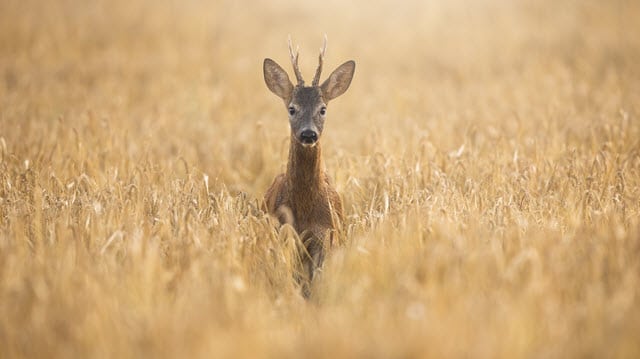
Hopefully, so many deer will come to your food plot that they will control the height of the wheat. If they don’t, however, and you notice your wheat growing too high, you can mow it.
You can grow wheat in either the spring or the winter. If you want spring wheat for your deer food plot, you should plant it in the earliest part of the spring.
On the other hand, if you want winter wheat, you will have to plant it during the fall months.
Rye
Rye is a great grain because of how much deer enjoy it and its ability to withstand drought. While rye isn’t as high in protein as oats or wheat, it has many benefits.
Many deer food plot creators decide to plant a mix of a variety of grains, so the deer get the best of all worlds.
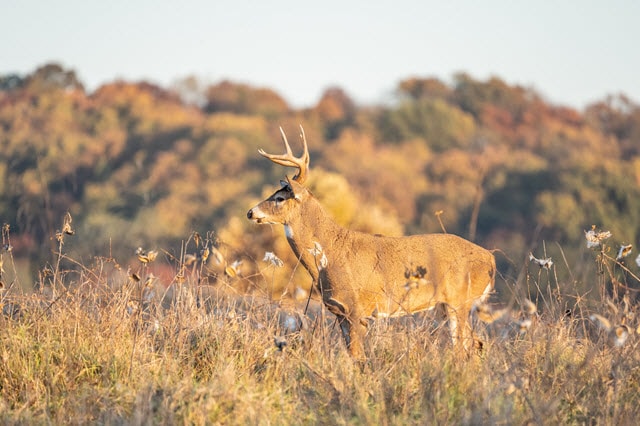
Be aware, though, that you might have to trim your rye if you don’t have deer regularly eating at your plot.
It’s best to keep your rye between two and six inches in height, but it can get as tall as five feet if left to grow. That is why if deer ever stop eating it for a while, you will have to mow it.
Brassicas
Brassicas are another type of plant you can include in your food plot for deer. They are designated as a cool-season variety of forages.
If you want to plant these and you’re in a more southern area, you will need to do so in the latest parts of the summer to early fall. If you live in a northern region, you may plant it in the spring.
One advantages of Brassicas is how well they are able to deal with cold temperatures. In fact, deer tend to prefer these plants after they have gone through two or so frosts.
If you are looking for a plant that will be perfect for winter foraging to make available for deer, you cannot go wrong with Brassicas.
White Clover
White clover is a great food for deer because of its taste and protein content. Most hunters and others creating food plots for deer will include white clover.
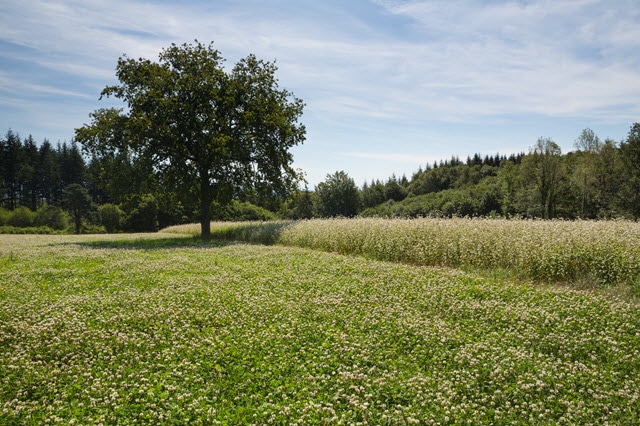
If you want white clover to flourish in your plot, make sure the soil’s pH falls somewhere between 6.0 and 7.0. If the pH is lower than 6, it is too acidic. To remedy this, add lime.
Chicory
Chicory is a perennial plant that is appropriate for cool-season regions and is a perennial. This is a favorite deer food, and it’s a great addition to any deer plot.
Designated as a herb, chicory does best in soil that is well-drained and loamy.
This is a great choice if you want a low-maintenance plant for your deer food plot. It’s important, however, that the moist is quite decently moist.
If you want to use chicory in your deer food plot, it’s best to mix it with other kinds of plants. An especially good idea is to mix chicory with clover or grains.
How to Select the Right Kind of Forage
If you’re not sure which kind of forage would be best for your foot plot, there are certain factors to keep in mind.
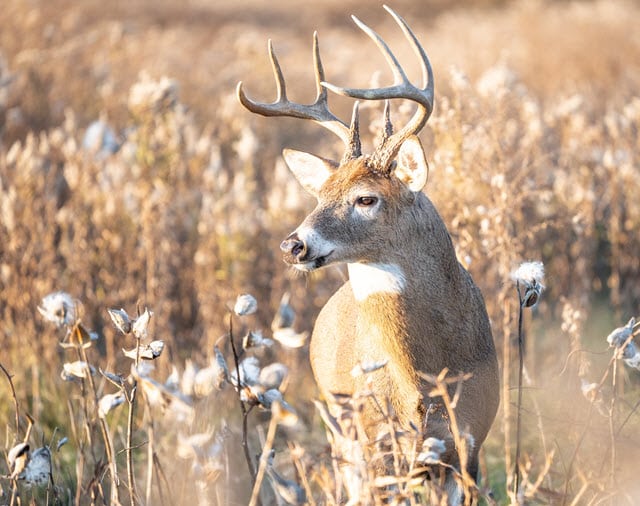
Cost
You won’t want to spend a fortune on your deer food plot. There are so many affordable food options out there for you to plant, you should make sure not to exceed your budget.
Taste
How it tastes to deer, that is. You need a food that deer like and that will attract them. Choose some of the plant choices we’ve listed above. They are all known to be well-loved by deer.
Hardiness
A deer food plot shouldn’t be too high-maintenance, and it’s best to include plants that will survive in a variety of conditions.
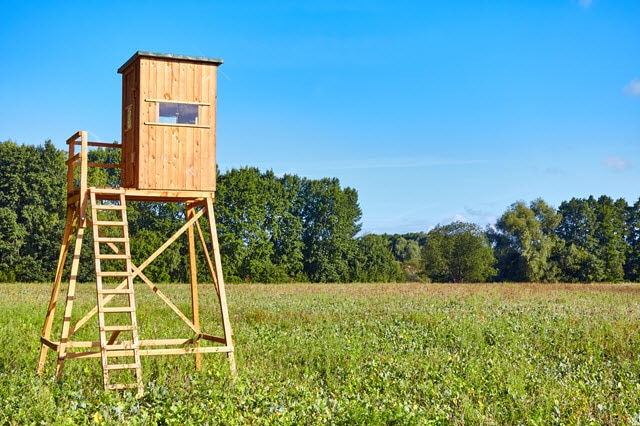
You don’t want to have to fuss over your deer food plot.
Able to Last During Different Seasons
You will cause yourself unnecessary hassle if you choose plants that must be replanted every year. Instead, choose plants that are able to survive during different seasons.
Able to Grow in Different Kinds of Soil
Look for plants that aren’t too fussy when it comes to the kind of soils they will grow in. You will want to mix plants that have similar requirements.
Ability for Deer to Digest
Choose foods that the animal’s small rumen is able to digest easily.
The Best Food Plot for Deer is the One You Plant
Deer eat a variety of foods, and if you plant any of the crops mentioned in this article, you’re likely to have grateful deer visiting your food plot on a regular basis to enjoy the meal you’ve prepared for them.
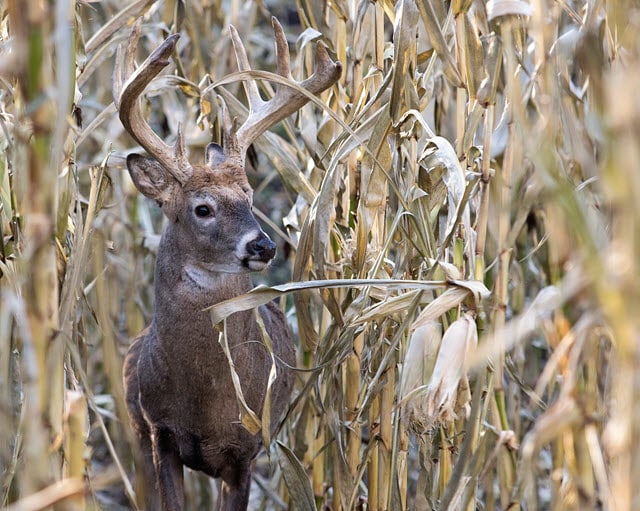
Not only will this deliver larger, well-finished deer to your table this season, but it will make the process of hunting them convenient and comfortable.
If you choose one of these foods and there are deer in your area, you should have a successful food plot.

